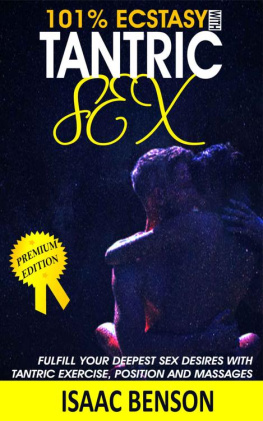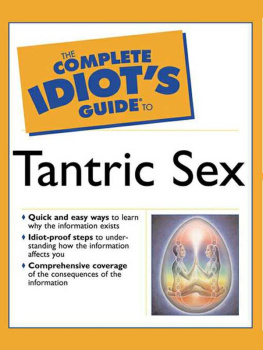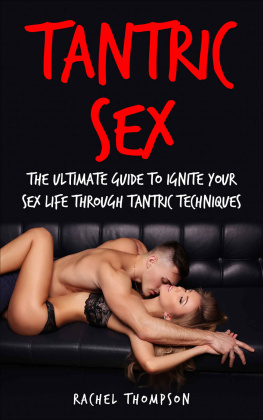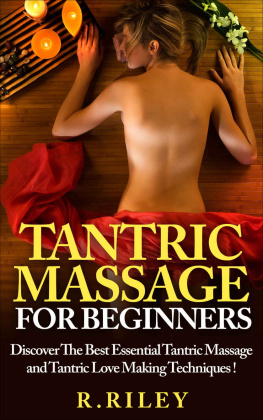Authors and works cited
| BEFEO | Bulletin de lEcole Franaise dExtrme-Orient |
| JAs | Journal Asiatique |
| KSTS | Kashmir Series of Texts and Studies |
*
| AgPur | Agnipurna |
| AJ | Ajtgama |
| Atharvaveda |
| Abhinavagupta |
| AhS | Ahirbudhnyasamhit |
| Aitareyabrhmana |
| sp | naivagurudevapaddhati |
| Amr;tnanda |
| PK | varapratyabhijkrik |
| PV | varapratyabhijvimarin |
| Utpaladeva |
| Uddhrakosa of Daksinamrti |
| Rgveda |
| Kmakalvilsa by Punynanda |
| Kir | Kirangama |
| KT | Kulrnavatantra |
| KMT | Kubjikmatatantra |
| GT | Gandharvatantra |
| Gorakhnth |
| Ksemarja |
| Caitanya |
| JRY | Jayadrathaymala |
| JayS | Jaykhyasamhit |
| Jayaratha |
| Jnevar |
| TRT | Tantrarjatantra |
| Tantrasra (of Kr;snnanda gamavaga) |
| TS | Tantrasra (of Abhinavagupta) |
| T | Tantrloka |
| TAK | Tntrikbhidhnakoa |
| TBhS | Trbhaktisudhrnava |
| Tirumular |
| Triiromata/Triirobhairavatantra |
| DMS | Daksinamrtisamhit |
| Devbhgavatapurna |
| Devmhtmya |
| Dhynabindpanisad |
| Ntha |
| Nryanakantha |
| NT | Netratantra |
| NSA | Nitysodaikrnava |
| Nityotsava |
| PS | Paramrthasra |
| Paramevara-samhit |
| PRKS | Paraurmakalpastra |
| PTV | Partrikavivarana |
| PTlv | Partrakalaghuvr;tti |
| Pingalamata |
| PhetK | Phetkrintantra |
| BhG | Bhagavadgta |
| Bhgavatapurna |
| Bhskararya |
| MatP | Matangapramvargama |
| Manu | Manusmr;ti |
| MM | Mahrthamajari by Mahevarnanda |
| Mantramahrnava |
| MMUd | Mantramahodadhi |
| MNT | Mahnirvnatantra |
| MBh | Mahbhrata |
| MVT | Mlinvijayottaratantra |
| Mahevarnanda |
| Mr;g | Mr;gendrgama |
| Rau | Rauravgama |
| LT | Laksmtantra |
| Lalitsahasranma |
| VMT | Vmakevarmata |
| Varivasyrahasya of Bhskararya |
| Vnaikhatantra |
| Veda |
| Vjasaneyi samhit |
| VBh | Vijnabhairava |
| Satshasrasamhit |
| Stvatasamhit |
| T | radtilaka |
| Siddhayogevarmata/Siddhamata |
| ivnanda |
| ivayogaratna of Jayapraka |
| S | ivastra |
| SV | ivastravimarin |
| ivastotrvali of Utpaladeva |
| Satcakranirpana |
| Sanatkumrasamhit |
| SP | Somaambhupaddhati |
| SpK | Spandakrik |
| SvT | Svacchandatantra |
| Haripth of Jndev |
*
1 Introduction
The medium is the message.
(Marshall McLuhan)
donner un sens plus pur aux mots de la tribu.
(Stphane Mallarm)
Why study Tantric mantras? One may well ask. Why Tantra? Why mantras? The answer is that Tantra, the Tantric phenomenon, is not, as was first believed, a limited and bizarre form of Hinduism (or Buddhism) but a fundamental aspect of the Indian religious world. It has pervaded the near totality of Hinduism (and of part of Mahayna Buddhism) since, perhaps, the fifth or sixth centuries: religion, ritual, theology and metaphysics, iconography and temple building, even the structure of the state, in India and in part of Asia, would not have been the same without Tantra. The first non-human, purely verbal, theoretically eternal, self-proclaimed revelation of the Veda, the ruti (what was heard, the Vedic revelation being oral), which goes from the Veda to the Upanisads and so forth, and is followed by Veda-based texts (the smrti ), has in some respect always had the pride of place: it forms the basic orthodox socio-religious teaching of Hindu society. Another, scriptural, revelation, that of the Tantras (texts deemed to have been revealed by deities), came later on and progressively pervaded most of the Hindu world. It did not so much reject the other revelation as depreciate it, considering it to be of merely social value and unable to offer the same access to liberation or other rewards as the esoteric Tantric teaching. And it progressively permeated and often transformed the orthodox Hindu world. One may say without exaggeration that since at least a thousand years Hinduism has been very largely Tantric or tantricised, not Vedic. The Tantric revelation cannot therefore be treated as secondary. Even though many of its texts, scriptures and exegetical works are arcane and obscure, the presence of the notions and practices it brought forth, together with its vision of the world, is to be felt everywhere in Hinduism possibly also because most of these notions and practices have deep roots in the Indian soil.
As for mantras, they play, as we shall see, an essential role in Tantra. There is no possible study or understanding of the Tantric phenomenon without an examination and understanding of the peculiar ritual use of forms of speech that are ). In fact, all Tantric texts deal either entirely or in part with mantras, a literature whose first elements date probably from the fifth or sixth century AD, and which went on for centuries and is still productive today. Tantric mantras are also to be found in a number of non-Tantric texts, in several Purnas, for instance, and even in some treatises of dharmastra , that is, works concerning the laws, rules of conduct and customary observances of the Hindus.
Mantras also play an important role in Buddhism, the Tantric form of which is often called mantrayna . Mantras as used in the Buddhist context in India, Tibet, South East Asia and the Far East are a vast and very interesting subject, very well worth careful and comprehensive study. We will, however, not deal with it here, where only the Hindu aspect of the Tantric phenomenon is considered.
A characteristic feature of Hindu Tantric mantras, which differentiates them from non-Tantric ones, is the prevailing use of non-linguistic elements, that is, syllables or group of syllables devoid of meaning but deemed to be imbued with supernatural power and efficacy. These are usually added at the beginning of the mantra (after the initial OM , which, except though not always in the case of bja/bjamantras , is always there) or before the final ritual exclamation (the jti
The presence of such syllables as constituent parts of mantras can be explained in many ways. But it has also been theoretically grounded in the idea that all syllables being Sanskrit phonemes are forms of vc , the Word, the primordial cosmic power, extolled in the Veda in Sanskrit. They are therefore all imbued with the infinite power of vc , which in the Veda was identified with the brahman: brahma vai vc ( Aitareyabrhmana 4.21,1), as much as brahman spreads out, as large is the Word ( Rgveda 10.114,8), a notion that has survived in Tantric traditions. In Tantric texts, Sanskrit phonemes are often called mtrk , a term translated as little mothers. But these are presided over by, and are discrete forms of, the Mtrk, the divine Mother in her aspect as vc , the supreme power governing the world, hence their force and efficacy.










